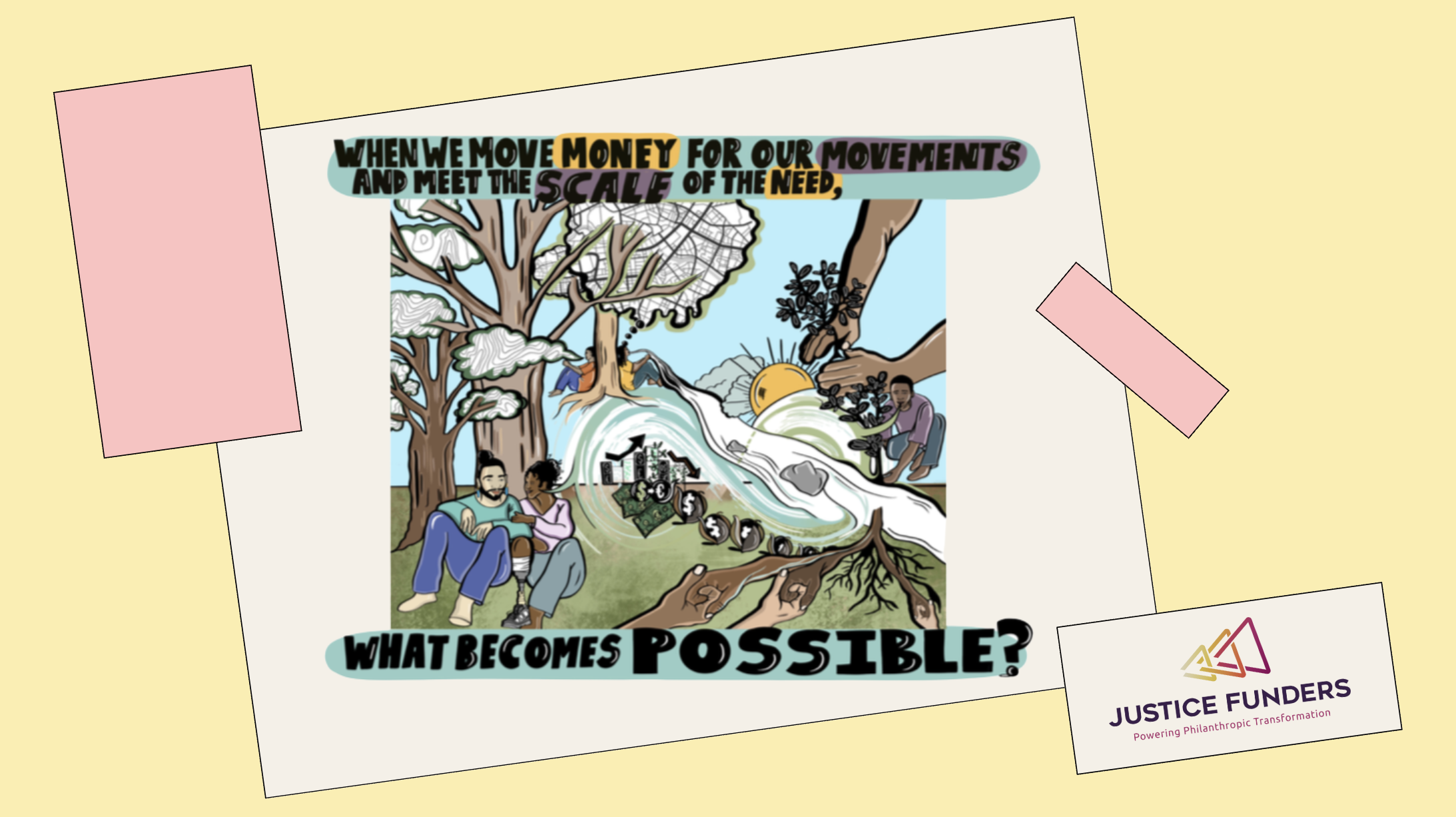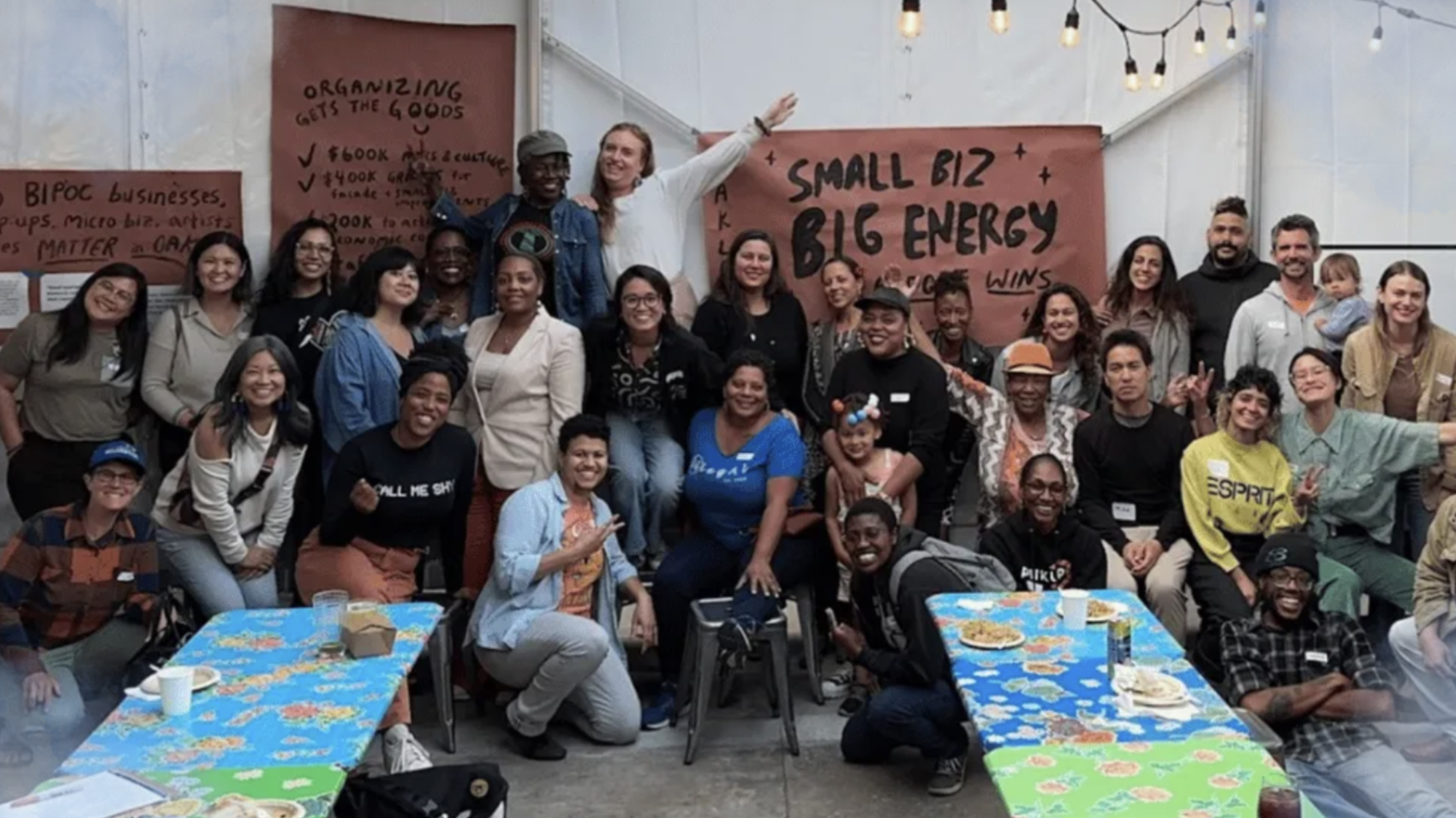Hospitals don’t just care for patients – they anchor communities.
In many US cities, hospitals are the largest employer in town, one of the biggest landowners, and a hub for everything from medical services to housing programs. But like banks, newspapers, and other legacy institutions, hospitals have changed dramatically over the past few decades. Once deeply local, many have been swept up in waves of consolidation, restructuring and privatization.
That includes the hundreds of hospitals over the past decade that have shifted from a non-profit to a for-profit. When that happens, federal and state policy typically require the creation of a health conversion foundation – an independent, philanthropic entity charged with stewarding the former nonprofit’s assets, for community benefit.
Health conversion foundations first popped up in the 1980's. Today, there are more than 300 across the country, collectively holding somewhere between $25 billion and $40 billion in assets. They include some of the country’s most influential health supporters, like the California Endowment and the Colorado Health Foundation.
Since their creation, health conversion foundations have held a distinct place in philanthropy. An op-ed from 2000 in the Chronicle of Philanthropy argued that they "have a special obligation to be responsive to the public". A more recent industry primer explains that these foundations face "unique responsibilities and obligations that traditional private foundations do not."
In the past few years, that has put health conversion foundations in the center of conversations about community-controlled capital. Can these accountable institutions adopt the latest ideas in incorporating community voice?
Looking beyond grantmaking
This June, a group of health foundations came together in New Orleans to discuss their impact investing strategies, at a pre-conference workshop at Grantmakers in Health. Hosted by Multiplier Advisors and The California Wellness Foundation, the group included both national and local actors, and several healthcare conversion foundations.
Colby Dailey, Multiplier Advisors' founder and CEO, told the crowd that the field is in the middle of a shift: "We're seeing a growing movement among health foundations to align more assets to mission - going beyond grantmaking to align their policy work and their investment portfolios. This internal mission-alignment creates opportunities for scaled impact."
Indeed, many conversion foundations have begun to explore mission-aligned investing. That means shifting their endowments' dollars away from traditional market portfolios, and into investment opportunities that are consistent with their mission. For instance, pulling their endowment's money out of a mutual fund and reinvesting it into a community-development finance institution.
For some activists, this deeper attention to all types of capital presents a perfect opportunity to explore how participatory investing can also be a part of those processes.
Conversion foundations’ assets come from a community; so they have a greater incentive to incorporate community voice.
Participatory investing recognizes that financial capital is a form of power, and that community expertise enables greater social impact and investment success. Conversion foundations’ assets come from a community; so their mandate gives them a greater incentive to incorporate community voice and decision-making into investment processes.
As Erika Seth Davies, CEO of Rhia Ventures, shares, “When the communities most impacted by health disparities have shared decision-making power in the development of solutions to address those disparities, impact investors like health conversion foundations can both widen their imaginations and sharpen their focus on how to meet the needs of the patients they intend to serve.”
Aligning dollars with communities
There are promising precedents. Some funders have engaged community in their grantmaking, like the Missouri Health Foundation, which convenes community advisory councils to get input from residents on health equity-focused initiatives. Others, like The California Endowment, have explored investments into community organizing infrastructure: Building Healthy Communities is 10-year, $1 billion initiative funding community power-building and capacity in 14 communities across the state. Still others are working with grantees to identify potential local investment opportunities.
Some funders have dedicated investment dollars specifically to community-controlled funds. The California Wellness Foundation recently invested in REAL People's Fund, a democratically governed loan fund in Oakland's East Bay that invests in entrepreneurs of color. Investment decisions are made by community organizations, instead of traditional loan officers: Cal Wellness' interim vice president of programs Alex M. Johnson referred to the investment as "being purposeful about how we get dollars into communities."
Of course, this type of engagement is not the norm. Even in cases where conversion foundations are engaging communities or assembling community advisory panels, barriers exist. For example, engaged stakeholders may not be fully representative of those experiencing health inequities; there may be existing mistrust and skepticism to repair; community leaders may be convened for a limited instance rather than deep, ongoing partnership.
Still, advocates like Seth Davies argue that the benefits are clear: communities that face systemic barriers to investment possess “deep knowledge of the patient base, histories of innovative problem-solving, and leadership networks that risk being overlooked if not intentionally included at the table.”

So how could health conversion foundations – and other health funders – more deeply embed participatory investing?
From a process perspective, these foundations could build on existing community engagement and partnership to identify shared values, goals, and measures of success. A participatory investing model would invite community members —particularly those from historically marginalized groups— into decision-making roles around both impact investing and mission-aligned asset management.
This could include co-designing investment screens, recommending investments in local health enterprises, or incorporating community leaders into investment committees and advisory boards. Over time, it might look like divestment from extractive industries and reinvestment in community wealth-building assets such as locally owned clinics, affordable housing, food systems, or worker cooperatives.
Health conversion foundations offer a critical test case of how we might build towards more accountable and reparative financial systems. In a sector grappling with how to align money with mission, health conversion foundations represent a key constituency and path forward at a critical time for health funding.
"As public resources decrease for housing, education, and healthcare access - all critical drivers of health - conversion foundations are stepping in,” Colby reflects. They are expanding their toolkits, looking across the range of their assets including their investment portfolios, to deploy impact capital in their communities and beyond."

%20(1280%20x%20720%20px).webp)





%20(1280%20x%20720%20px)%20(46).png)



.webp)
%20(1280%20x%20720%20px)%20(3).webp)


%20(1280%20x%20720%20px)%20(39).png)

%20(1280%20x%20720%20px)%20(2).webp)



%20(1280%20x%20720%20px)%20(40).png)


.webp)
.webp)

